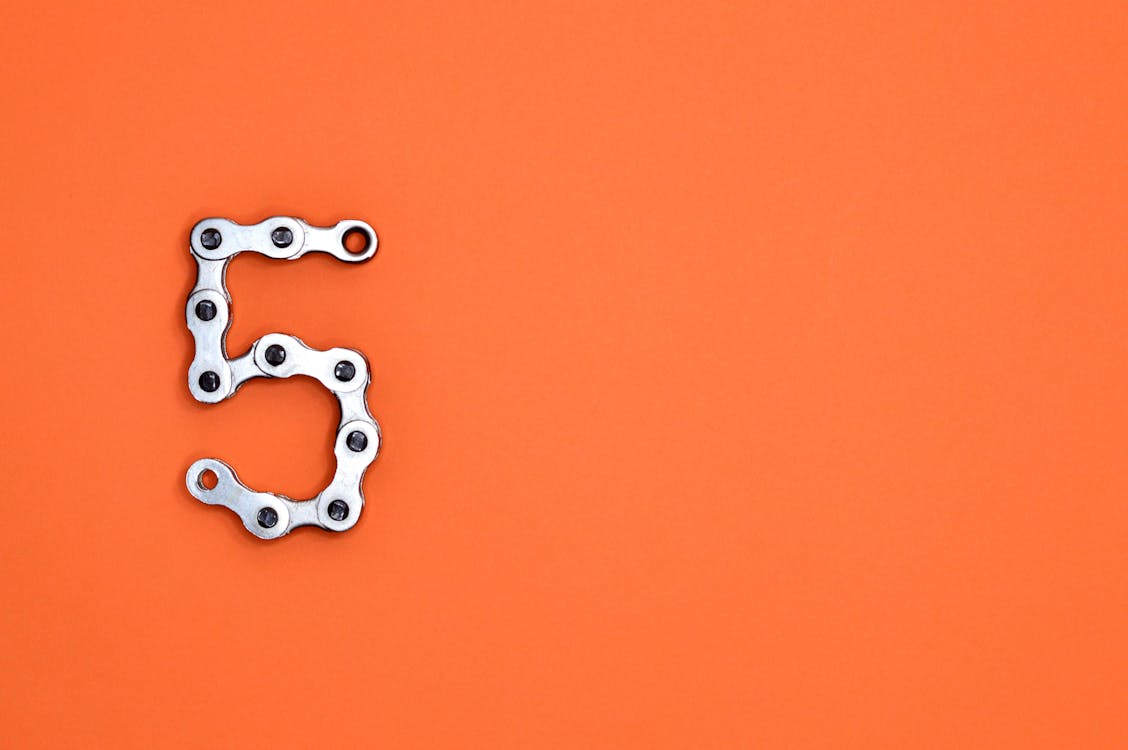Medical waste can pose serious health risks to both patients and healthcare workers if not disposed of properly. That’s why it’s crucial to follow proper medical waste disposal guidelines to ensure the safety of everyone involved. In this article, you will learn 5 easy steps for professional medical waste disposal, including the use of an autoclave machine. By following these steps, you’ll keep your facility safe and clean while also complying with regulations.
Step 1: Segregate Medical Waste Before Disposal
The first step in proper medical waste disposal is to segregate the waste according to its type. Different types of medical waste require different methods of disposal. Segregation is necessary to prevent the mixing of hazardous and non-hazardous waste, which can cause cross-contamination. To do this, use color-coded bags or containers for different types of waste, such as sharps, infectious waste, and non-infectious waste.
Step 2: Package The Waste Before Disposal
After segregating the medical waste, it’s time to package it properly for transport and disposal. Use leak-proof and puncture-resistant bags or containers to prevent spills and injuries. Make sure to label the packages clearly with the type of waste and the date of disposal. This will help with tracking and tracing the waste, which is required by regulations.
Step 3: Use An Autoclave Machine To Make Disposal Easier And Safer
The next step is to use an autoclave machine to sterilize medical waste. Also known as a “steam sterilizer”, an autoclave uses high-pressure steam at high temperatures to kill bacteria, viruses, and other pathogens in the waste. This method is effective in rendering medical waste harmless and reducing its volume. The autoclaved waste can then be disposed of safely without any infection risks.
Hospitals mostly make use of large steam sterilizers, with a chamber capacity that can range between 110 and 880 liters depending on the model. This helps hospital staff keep up with the large amounts of waste generated each day and maintain a safe working environment. It also prevents infections among patients by allowing medical staff to reuse certain tools safely and sterilize surgical equipment.
Step 4: Transport The Medical Waste For Final Disposal
Once the medical waste has been packaged and autoclaved, it’s time to transport it for final disposal. Use a licensed and reputable medical waste disposal company to ensure that the waste is disposed of properly. The company should have a valid license and follow all the necessary regulations for medical waste disposal. Make sure to keep records of the transport and disposal for compliance purposes.
Step 5: Monitor And Review The Medical Waste Disposal Process
Finally, it’s important to monitor and review the medical waste disposal process regularly. This will help you identify any potential issues or areas for improvement. Keep records of the process, including the amount and type of waste generated, the disposal method used, and the disposal company used. This information can be used to optimize the waste management process and ensure compliance with regulations.


